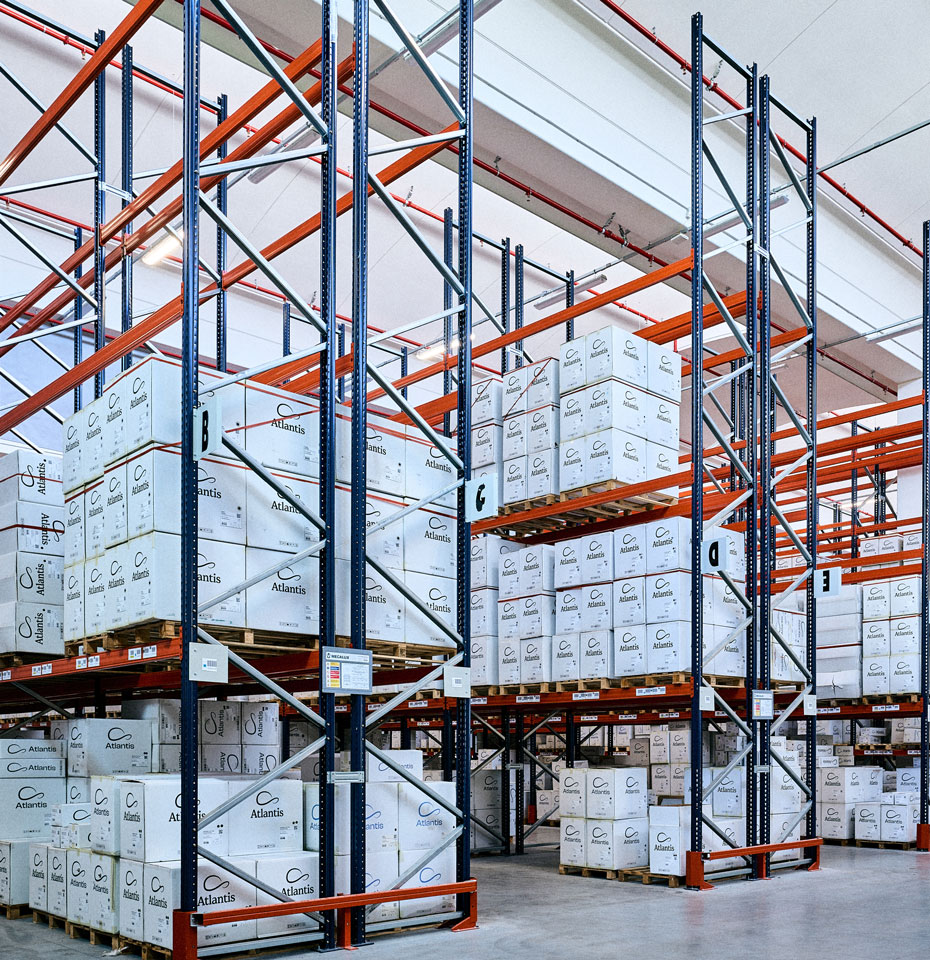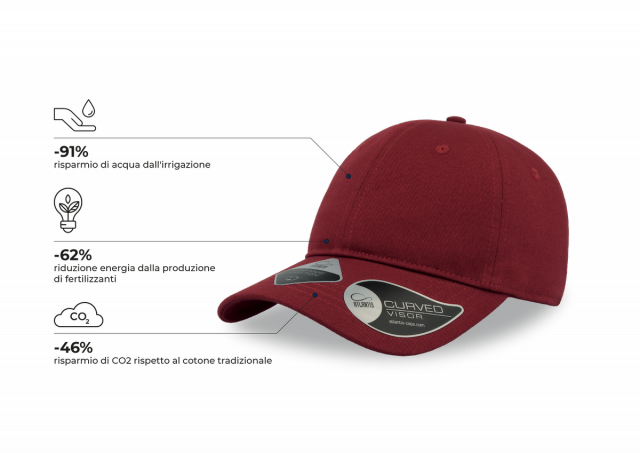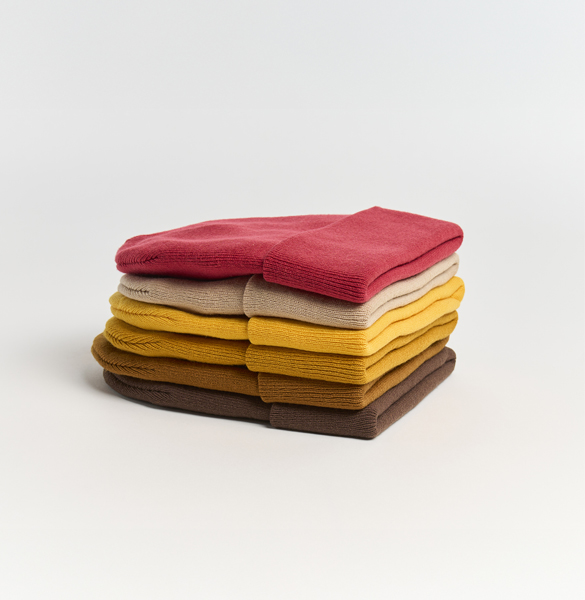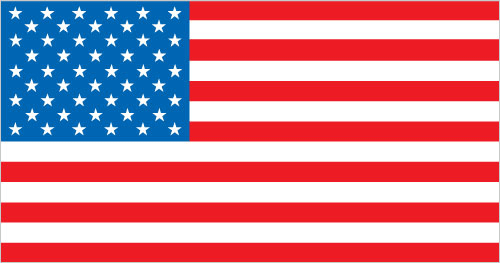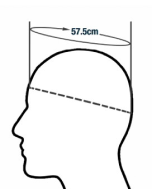What is it?
Cotton is the world’s largest non-food crop. It is grown in more than 80 countries, with production concentrated in India, China, the USA, Brazil and Pakistan, which together produce 75% of the world’s cotton.¹ Despite its presence in nature, conventional cultivation is often unsustainable, using chemicals (synthetic pesticides, herbicides, fertilizers and GMOs) and large amounts of water for irrigation, which irreversibly damages the soil. There are also social impacts such as child and forced labor and exposure to potentially toxic and carcinogenic compounds.
The alternative is called organic cotton, which is grown without the use of pesticides and chemical fertilizers that leach into both plants and soil over the long term. Organically grown cotton comes from controlled and certified crops, supporting biodiversity and healthier ecosystems. As a result, water use is significantly reduced, soil fertility is maintained, and the working conditions and health of farmers and their families are improved.
The LCA study2 we conducted also confirmed that choosing organic cotton for our products resulted in a reduction of CO2 emissions from 18% to 21% compared to conventional cotton.
Organic cotton was one of the first preferred materials introduced in 2018, and we continue to invest in this fabric by selecting certified supply chains that include both environmental and ethical standards and allow us to verify the origin of the fiber.
1.The World Counts (2021) World Cotton Production Statistics.
2.The LCA was conducted on selected items, taking into account the entire life cycle of the product, from production to distribution.







